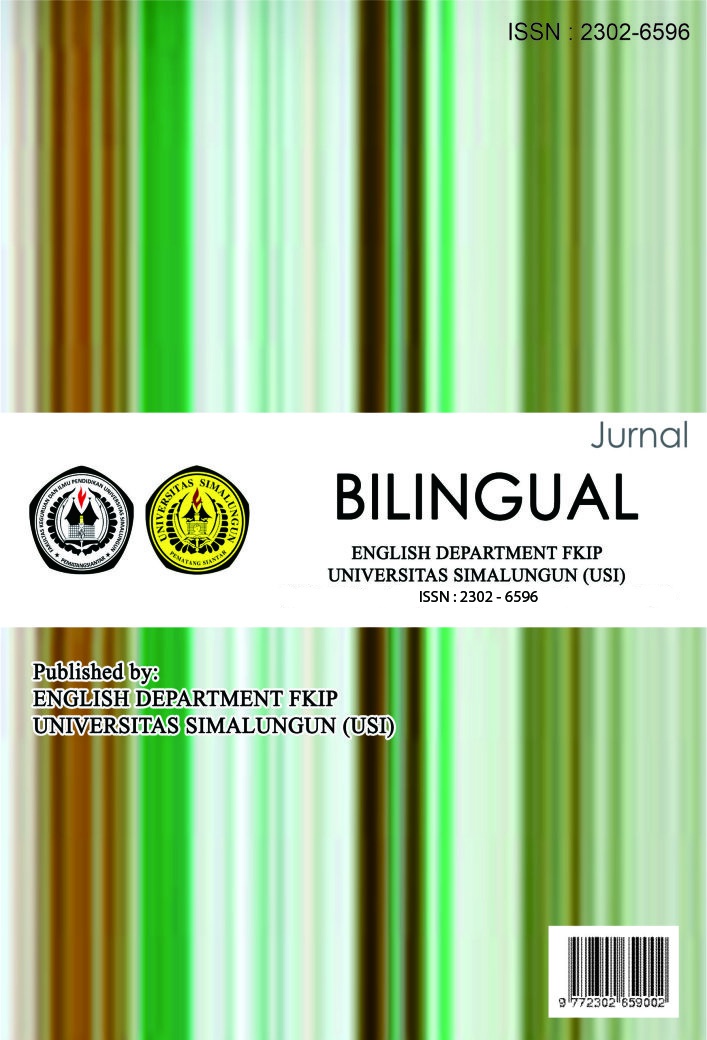IMPROVING STUDENTS’ WRITING ABILITY IN NARRATIVE TEXT THROUGH ESTAFET WRITING METHOD AT NINTH GRADE STUDENTS OF SMP SWASTA BUKIT CAHAYA 2020/2021
DOI:
https://doi.org/10.36985/jbl.v2i2.253Keywords:
Estafet writing, Method, Writing, Narrative, TextAbstract
This research is focused in learning writing by using Estafet writing method at SMP Swasta Bukit Cahaya 2020/2021. The design of this research is quantitative research by using the theory of Aarikunto 2010 the researcher got the teqhnique of collecting the data and analyzing the data and the researcher used Pre-test and Post-test as the way of collecting the data.the population of this research is 23 students the researcher will take all the population as the sample. The data were collected by using the Pre-test and Post-test, the Pre-test were given before the treatment and the Post-test were given after the treatment. The result of the research shows the differences between the students’ ability of writing narrative text before and after the treatment. Starting by the mean which taking all the score from the students test in total and devided by the students total and the researcher got for the Pre-test is 52 and for the Post-test is 84. For the standart deviation is 17,2. The effect size is 1,8. In the using of esstafet writting method it can be seen that it’s improving the students writing narrative text ability at SMP Swasta Bukit Cahaya 2020/2021. The researcher also used theory of Jacobs (1981) to gather the data by using the rubric scoring table which consist of Content, Organization, Vocabulary, Language Use And Mechanics







